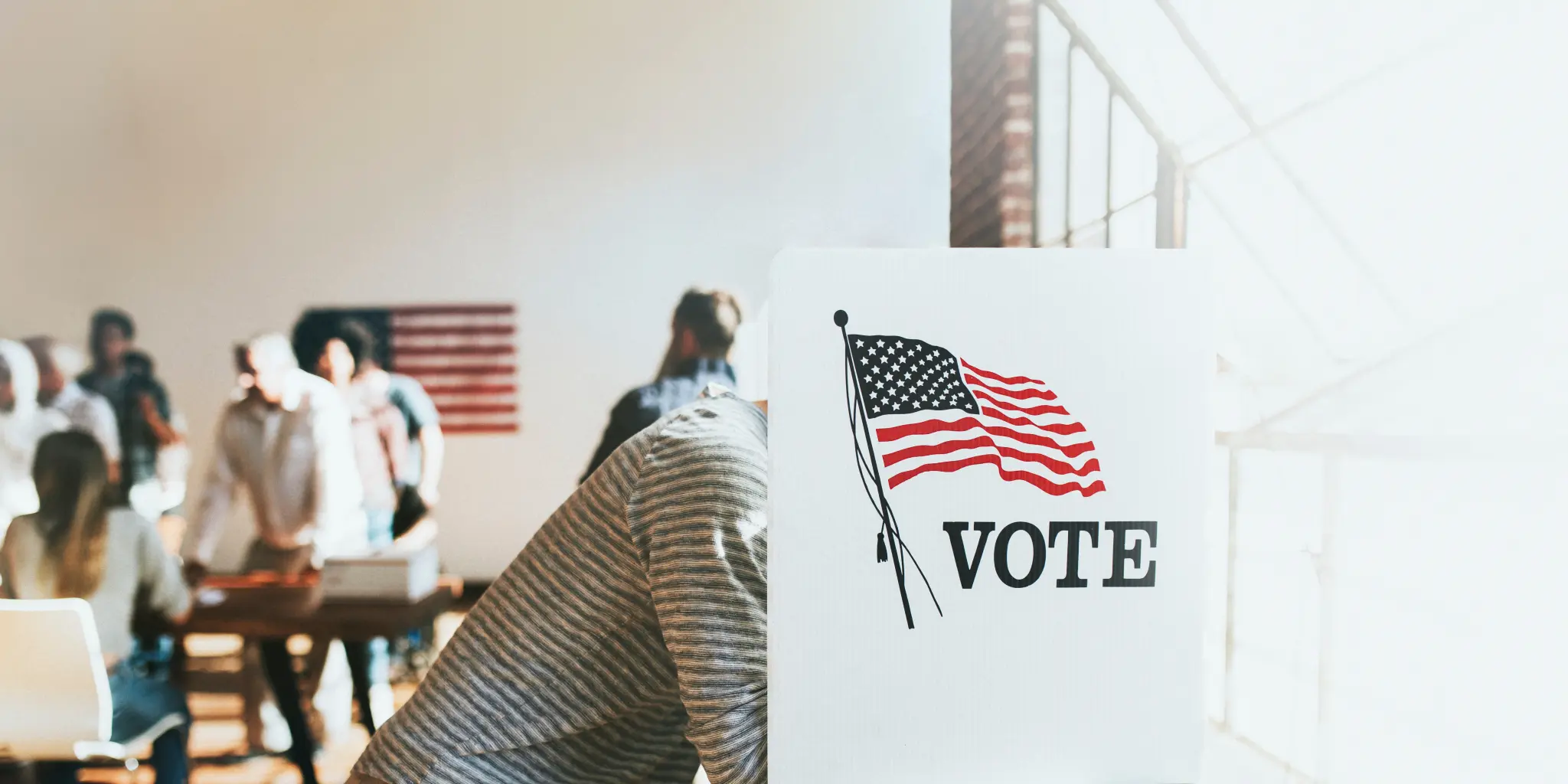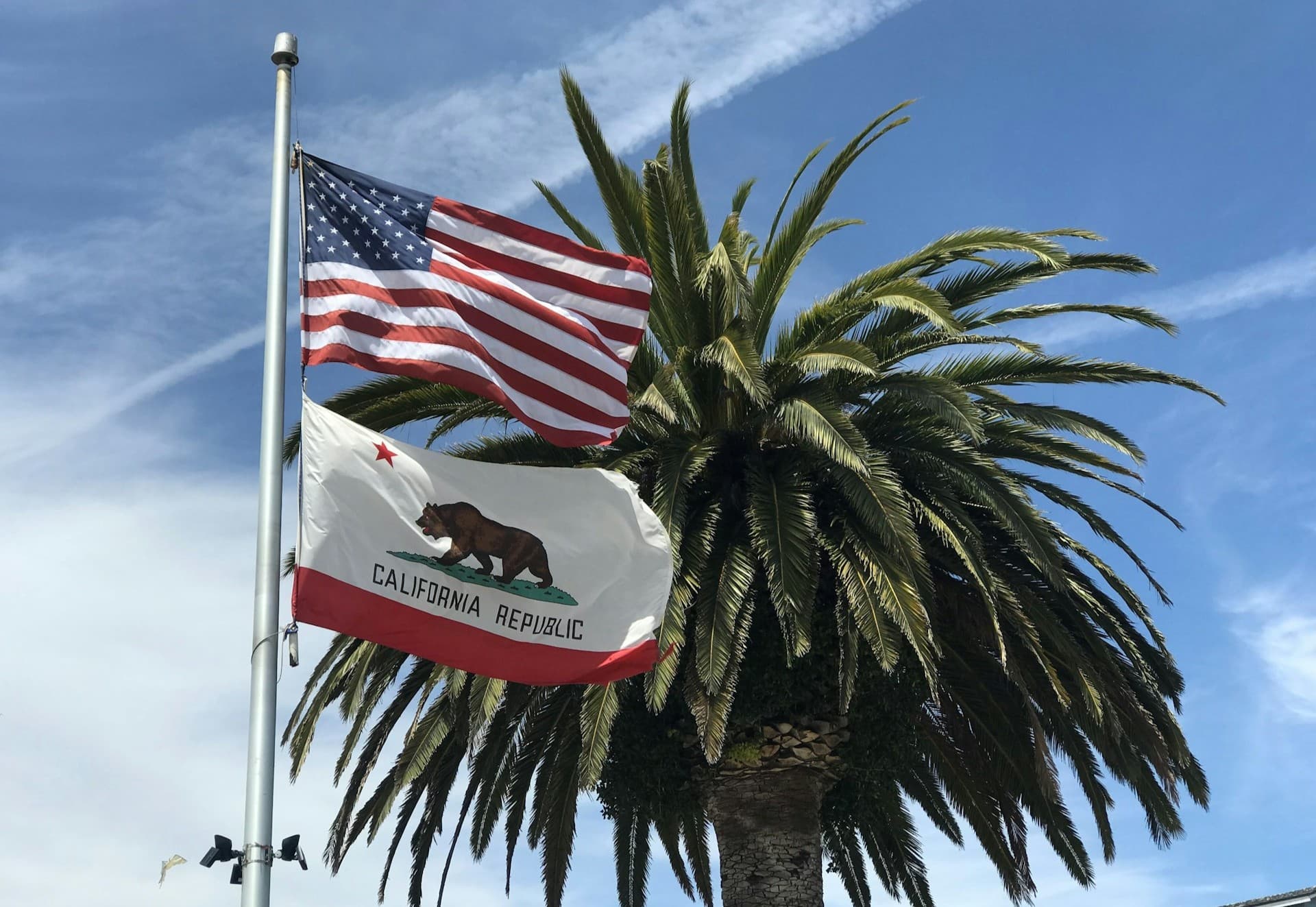New Research: RCV Doesn't Lower Turnout; Increases It When Replacing Runoffs

Some reporters recently have reported on research that, based on only a few elections and without factoring in election competitiveness, suggests voter turnout has been adversely affected by introduction of ranked choice voting (RCV) in local elections. FairVote's research does not support this conclusion. Nor do the findings from a much more extensive research project led by University of Missouri-St. Louis professor David C. Kimball and presented at the September 2016 American Political Science Association annual meeting. Kimball's research shows that RCV does not adversely affect turnout; rather it increases voter turnout in the decisive election when it replaces a two-round runoff system. The research also found that the "residual vote" (ballots that are not counted due to voters skipping a race or making a mistake) declined after introduction of RCV. His new paper with Joseph Anthony is available online. Here, Professor Kimball, writes a guest post summarizing his findings.
This November, voters in Maine and Benton County, Oregon, will vote on measures to adopt ranked choice voting (RCV) for many of their elections. As the name implies, ranked choice voting allows voters to rank candidates in order of preference (first choice, second, choice, and so forth). This is different from our typical plurality rules in which voters simply select their top choice. RCV offers voters a chance to provide a fuller expression of their candidate preferences. Voters can indicate back-up selections without hurting the chances of their most-preferred candidates. Since the voting rules are different, however, there has been a lot of speculation about how voters will respond to ranked choice voting.
As more jurisdictions in the United States consider adopting ranked choice voting (RCV) it is important to evaluate RCV alongside the plurality voting rules it typically replaces. The best evidence we have in the United States is from a small number of cities that have adopted ranked choice voting for local elections over the past decade. In recent research, Joseph Anthony and I examine the degree to which voters turn out and properly cast their votes in local elections. We compare eight cities using RCV rules to demographically and geographically similar cities using plurality rules. Furthermore, we examine elections before and after the adoption of ranked choice voting rules, which allows us to rule out differences between the two sets of cities that already existed before ranked choice voting rules were adopted.
Continue Reading The Full Analysis Here.
Photo Credit: Frontpage / shutterstock.com


